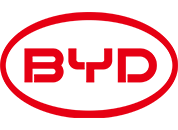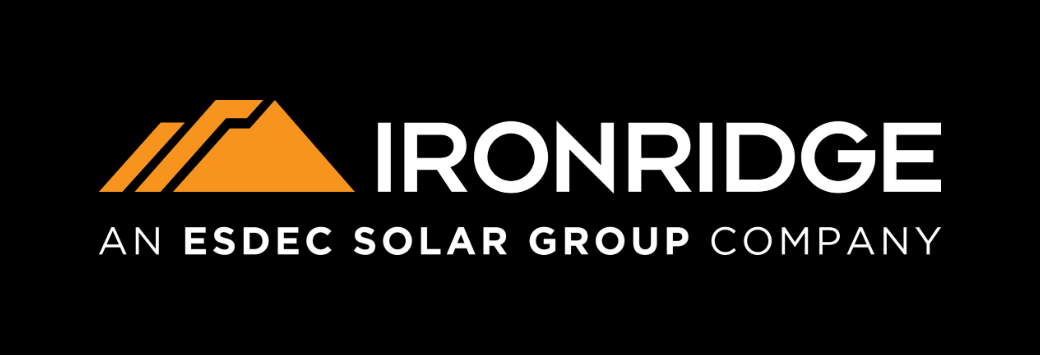Components of a Micro Grid
Solar Photovoltaic
Solar PV is the “go to” renewable resource and has the best return on investment of any renewable DER (Direct Energy Resource) due to its low cost. While solar is present on pretty much every McrogGid, it cannot function on its own. Solar needs a grid forming asset, and a smart inverter, in order to be used effectively.
Battery
Battery technology has advanced by leaps and bounds in the recent decade. Coupled with solar, a battery system can turn a renewable resource that is normally only available during the solar day, into an on demand renewable source 24 hrs. a day.
Control
The heart of the system is its controller. The controller has to ready and capable of responding quickly to circumstances and smart enough to adapt. Another function is to record and store data for analysis and troubleshooting and in many cases automation ready.
Hydrogen
Hydrogen is a newcomer to the renewable field. Though still evolving rapidly, the technology is displaying its amazing capability as a long term energy storage system. Omni has been a developing pioneer on the forefront of stationary hydrogen systems in a microgrid application and at present working on solar hydrogen projects.
Balance Design, Engineering, and Construction
Microgrids would not be complete without the network that connects, supports, and allows the grid to function. A critical component of any microgrids success is sufficient planning and engineering to ensure a robust system that is designed to endure any challenge. Omni is a general engineering contractor (A & C10) and is able to bring a microgrid from concept to fully functioning system and everything in between.






